With summer in full-swing, the prospect of finding a secluded spot away from the hordes of holiday-goers can be a daunting one.
So, to help you plan your perfect summer getaway, we’re shining a light on some of Britain’s lesser-trodden parts, from dramatic coastlines and remote island retreats to swathes of unspoilt moorland and historic cities.
For coastal charm: Northumberland’s Heritage Coast
Between Warkworth and Berwick-upon-Tweed lies one of the finest stretches of coastline anywhere in England. Known as the Heritage Coast, the Northumberland Coast Area of Outstanding Natural Beauty (AONB) is surprisingly crowd-free, even in high summer.
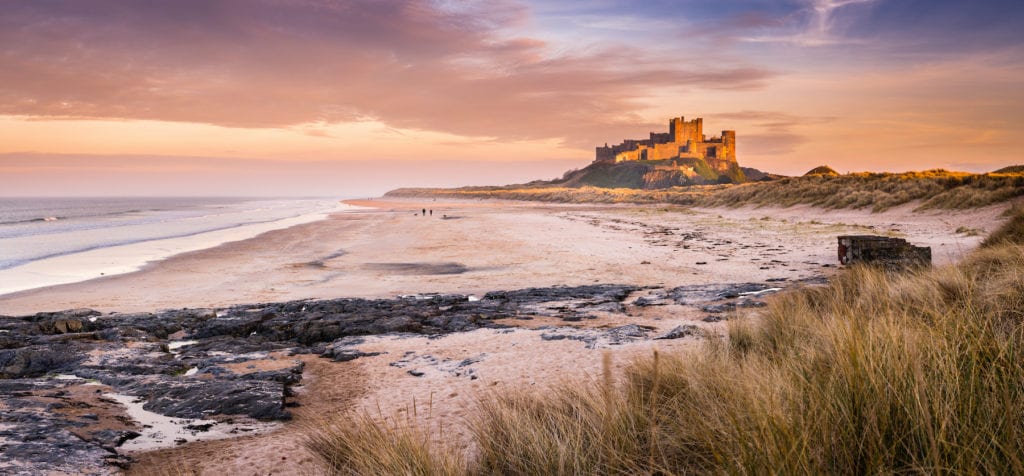
If you’re looking to kick back and relax, you’ll find a number of excellent bathing beaches here. Many visitors – and particularly families – tend to head for those close to Embleton, Beadnell, Seahouses and Bamburgh, leaving the likes of Sugar Sands, Rumbling Kern, Football Hole, Ross Back Sands, Lindisfarne’s beaches and Cheswick Sands to those solitude seekers in the know.
Heritage hunters and nature watchers are spoiled with the renowned Farne archipelago, Lindisfarne National Nature Reserve, and a string of fantastically arresting castles punctuating the coastline.
Most striking is the mighty fortress at Bamburgh. Many writers and architectural historians have declared this the most wondrous of all England’s coastal castles. You may well agree when you see it rise spectacularly from the dunes, the impressive curtain walls dominating its namesake village and the silky sands below.
For a beach break: Dumfries & Galloway’s Colvend Coast
It’s safe to say that this region is unlikely to be the first that you associate with picture-perfect beaches. And yet, if Scotland were on the Mediterranean, the Colvend Coast is what it would look like.
This stretch of shoreline from south of Dalbeattie eastwards to Mersehead is the most developed part of all of Dumfries and Galloway’s 200 miles of coastline but, unlike the worst excesses of the Med, here there is very little of the uncontrolled sprawl of modern holiday resorts.
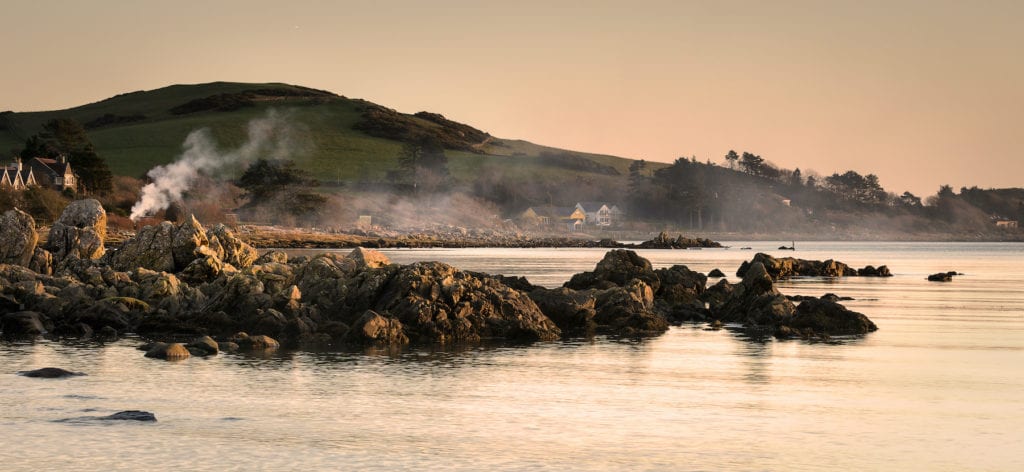
For more than 75 years part of this coast has been in the care of the National Trust for Scotland and there is still a timeless quality to much of it.
Combined with a pleasant climate for much of the year, this area and the neighbouring harbourside town of Kirkcudbright have been referenced as the ‘Scottish Riviera’ and, much as the description smacks of a brashness that is far from the reality, it’s understandable why the soubriquet might stick.
For a walking holiday: Shropshire Hills
For many people, south Shropshire is the definitive Shropshire. Much of this region is an Area of Outstanding Natural Beauty (AONB), designated in 1958 to protect and enhance the region’s hills, farmland, woods, valleys and batches, richly varied geology and diverse wildlife.
You’re spoilt for choice when it comes to walking – especially if you’re a hill walker. The Stiperstones, wreathed in mystery and legend, offers a six-mile quest along its craggy ridge, while the moonscape plateau and valleys (known locally as ‘batches’) of the Long Mynd await your wanderings with a variety of routes.
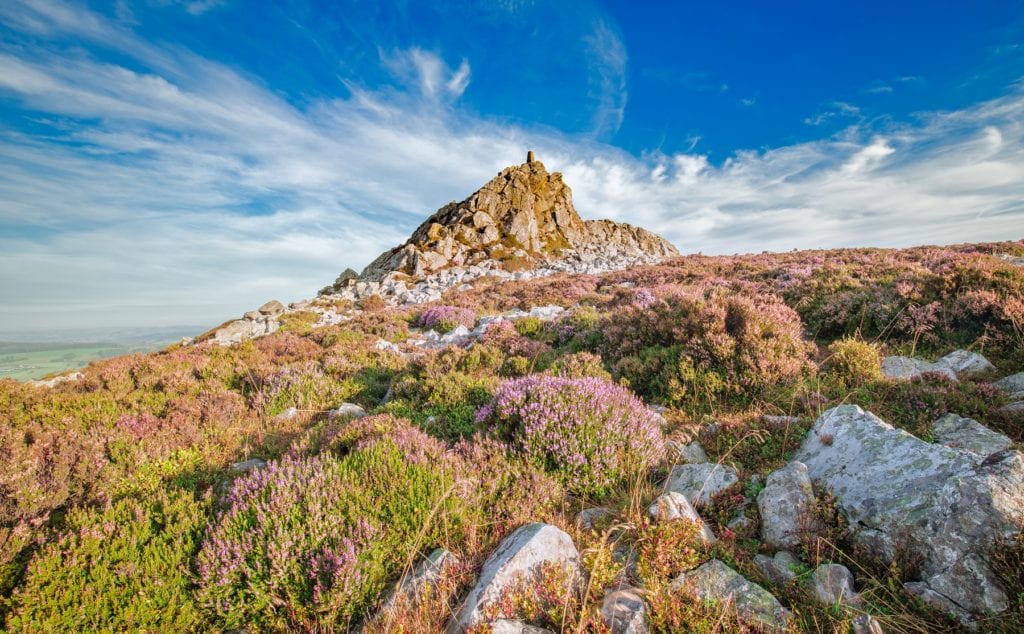
In terms of long-distance trails, the Shropshire Way and Wild Edric’s Way will lead you high and low through many of south Shropshire’s most beautiful valleys, hills and villages. Additionally, the Clun Valley in Shropshire’s southwestern tip has some of the best-preserved sections of Offa’s Dyke.
To plan your own explorations of this beautiful region, it’s well worth visiting the walking section of the Shropshire Hills AONB website.
For a remote retreat: Lundy Island
Lundy lies about ten miles north of Hartland Point in Devon, where the Bristol Channel meets the Atlantic. It is a granite island three miles long and about half a mile wide, and with its wind and lack of trees feels, to the visitor, like a chunk of the Hebrides that lost its way.
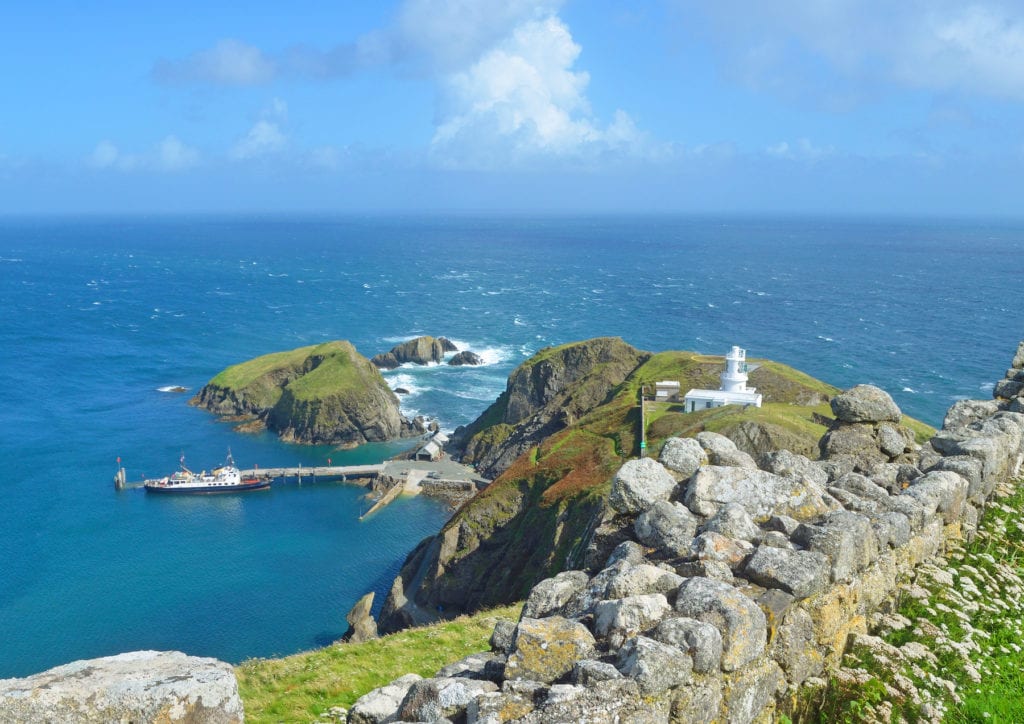
Why do people come to Lundy? For the character of the island itself, and the tranquillity that is found there. For birdwatching, rock climbing or diving; for interest in the plants, the fungi, the lichens, or the archaeology and history; for walking; or simply for a rest with a few good books.
One thing is for sure – after one visit most people are caught by the Lundy spirit and return time and again to this special corner of North Devon.
For roaming wild: Cheshire Peak
Most people are surprised to find that part of the Peak District National Park lies within Cheshire, generally believing the park to be a purely Derbyshire affair. Cheshire’s is, admittedly, a fairly small chunk, amounting to just over 34 of the total 555 square-mile park area.
That said, it manages to cram plenty of scenic variety into that space, from the stately surroundings of Lyme Park to the natural beauty of the Dane Valley.
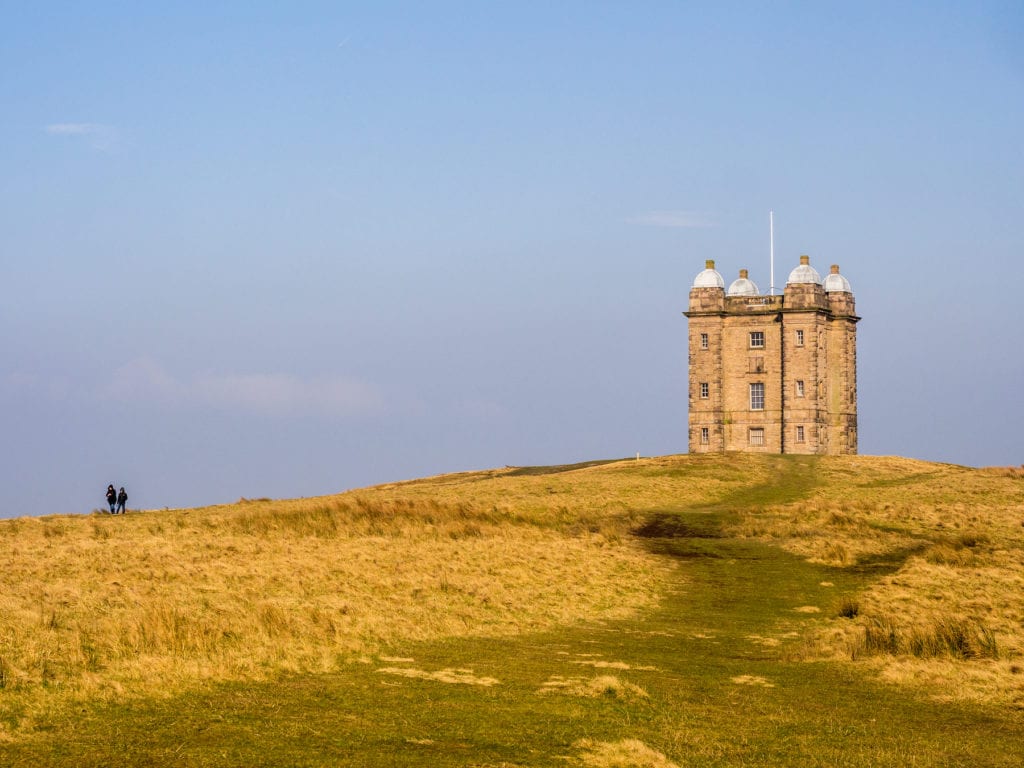
For many, Lyme Park is the main attraction. Situated on the northernmost tip of Cheshire’s Peak District, just within the national park boundaries, sits this grand stately home, surrounded by a glorious 1,400-acre estate.
This is the place to come on days when you need to blow the cobwebs away; it’s stirring stuff, striding across the parkland and soaking up the far-reaching views across hills and moors and down to the Cheshire Plain.
For birdwatching: Skomer Island
Lying just off the Pembrokeshire coast, Skomer is a small island of 300ha. As you approach by boat, dense rafts of puffins, guillemots, auks and razorbills slick the water, species intermingling as they rest between foraging trips.
Once ashore at North Haven, there are bracken-covered slopes to explore, rocky coastlines to wander and flower-strewn plains to meander. Investigate sheltered bays and towering rocky stacks, windless gullies and exposed headlands. Numerous paths cross the island, carefully directed to leave sensitive wildlife areas undisturbed.
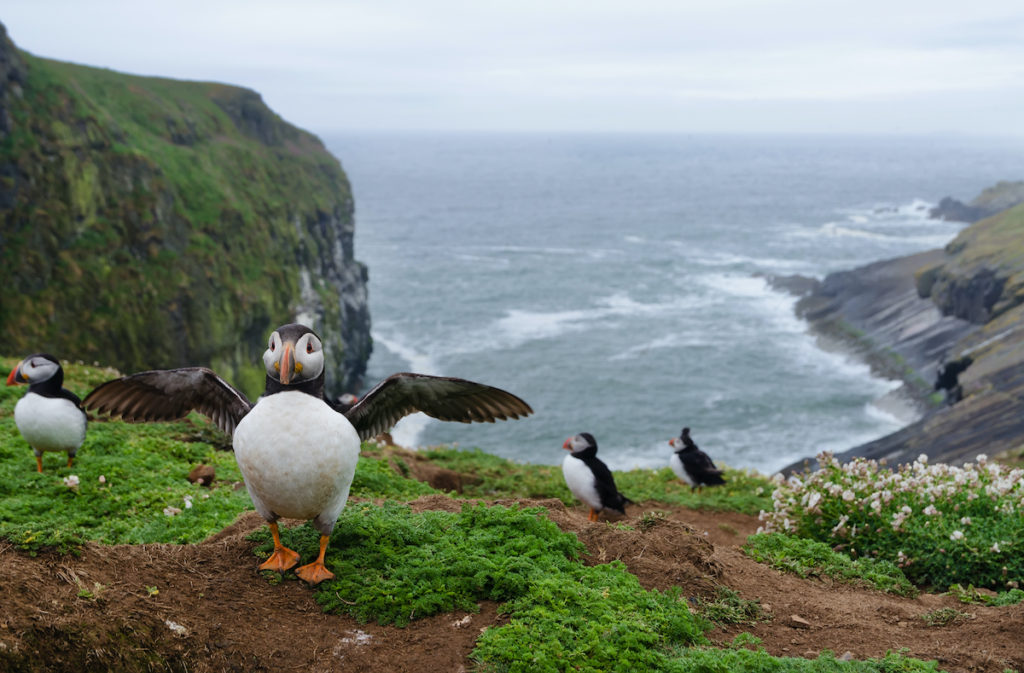
The island’s circumference comprises seacliffs, and seacliffs mean seabirds. Fulmar, kittiwake and guillemot cram onto the sheer, north-facing bluffs of The Wick. Escarpments opposite are home to puffins – thousands of them.
Another excellent seabird site is High Cliff. The seabirds’ collective calls – more cacophony than chorus – bounce off the cliff, adding surround sound to the cinematic spectacle.
For outstanding natural beauty: Northern Chilterns
Despite being an Area of Outstanding Natural Beauty, the Chilterns are often overlooked in favour of big hitters like the Cotswolds or the North York Moors. The northern area in particular, which incorporates parts of central Bedfordshire, Hertfordshire and Buckinghamshire, offers plentiful natural attractions. Chief among them are Sharpenhoe Clappers and Ivinghoe Beacon.
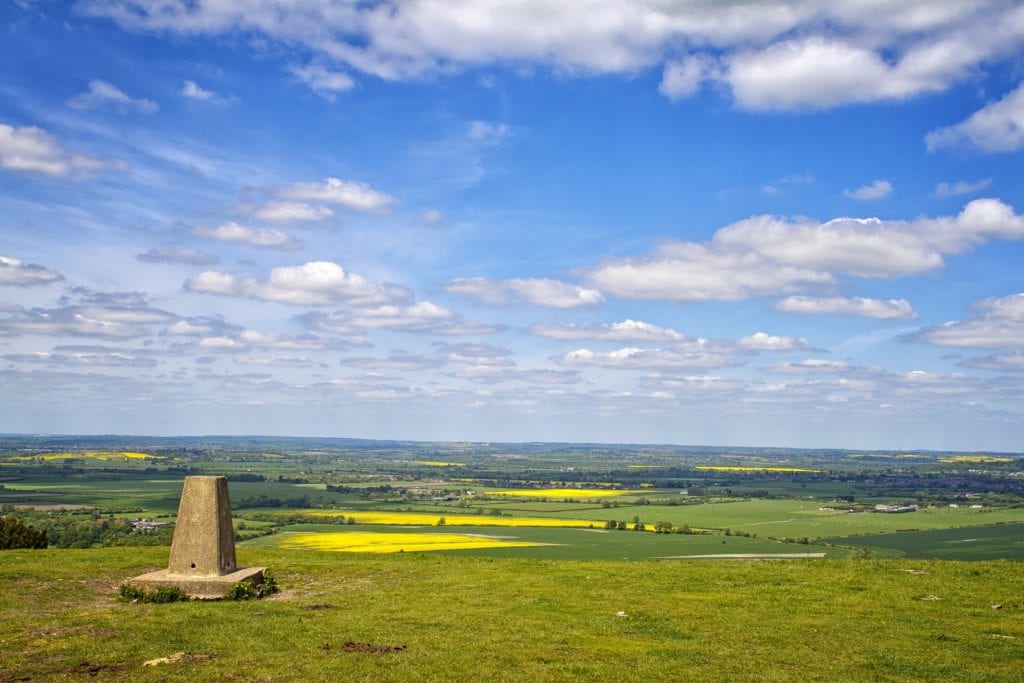
Sharpenhoe’s steep chalk escarpment is best explored in high summer, when typical chalk grassland plants such as purple scabious and clover coat the ground. The ancient woodland here is also a joy to explore. Among the crowds of beech trees are the remains of an Iron Age hillfort, which is said to be haunted by Cassivellaunus, a Celtic chief who was a thorn in the side of Julius Caesar. As you pick your way carefully around the site, see if you can spot any medieval rabbit warrens.
For more breathtaking views of this natural landscape, climb up to Ivinghoe Beacon. This is one of the highest points along the Chiltern escarpment, at 764 feet above sea level. The land plunges down to the northwest to give an expansive view across the Aylesbury Plain of Buckinghamshire and into Oxfordshire. From here you can see Pitstone Windmill and the White Lion carved in the slope of the Dunstable Downs to mark Whipsnade Zoo.
For a city break: Chester
Think Chester, think Romans. Established by the Romans around AD75, Deva Victrix, their westernmost fort, became one of the most important of the occupation. The site was chosen for its strong strategic position on a hill near the border of Wales, at a bridgeable point of the River Dee, with access to the river and the sea beyond via a large natural harbour.
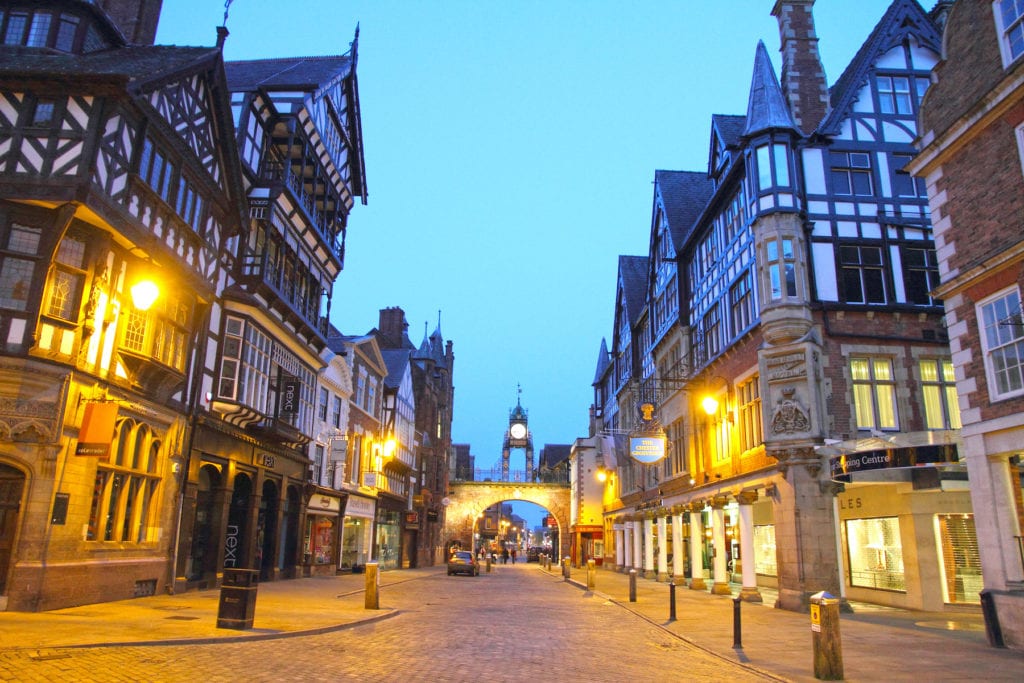
The fort mushroomed, attracting a substantial civilian settlement, too, and the recovered fragments of its buildings, which included a headquarters, palace, houses, barracks, granaries, baths and an amphitheatre, give us a rare physical link back to these distant times.
Yet, they were not the only contributors to the creation of one of Britain’s prettiest cities, enhanced by its setting on the banks of the River Dee. The visible layers of Chester’s history – Roman, medieval, Tudor, Georgian, Victorian – provide a charming place to wander down the ages, best done on the ancient walls that clasp its heart.
For a Scottish idyll: Raasay
With turquoise waters that lap into quiet, sheltered coves, plus rocky hills, woodland paths and remarkably fluffy white sheep, Raasay is a breath of fresh air.
Measuring just 14 miles long and 4 miles wide, the Hebridean island is dwarfed by its bigger, busier neighbour Skye and, with regular ferries travelling between the two, is often thought of as an extension of the larger island. This is, of course, a huge injustice – though it might look small in comparison, there is much to do and see on Raasay.
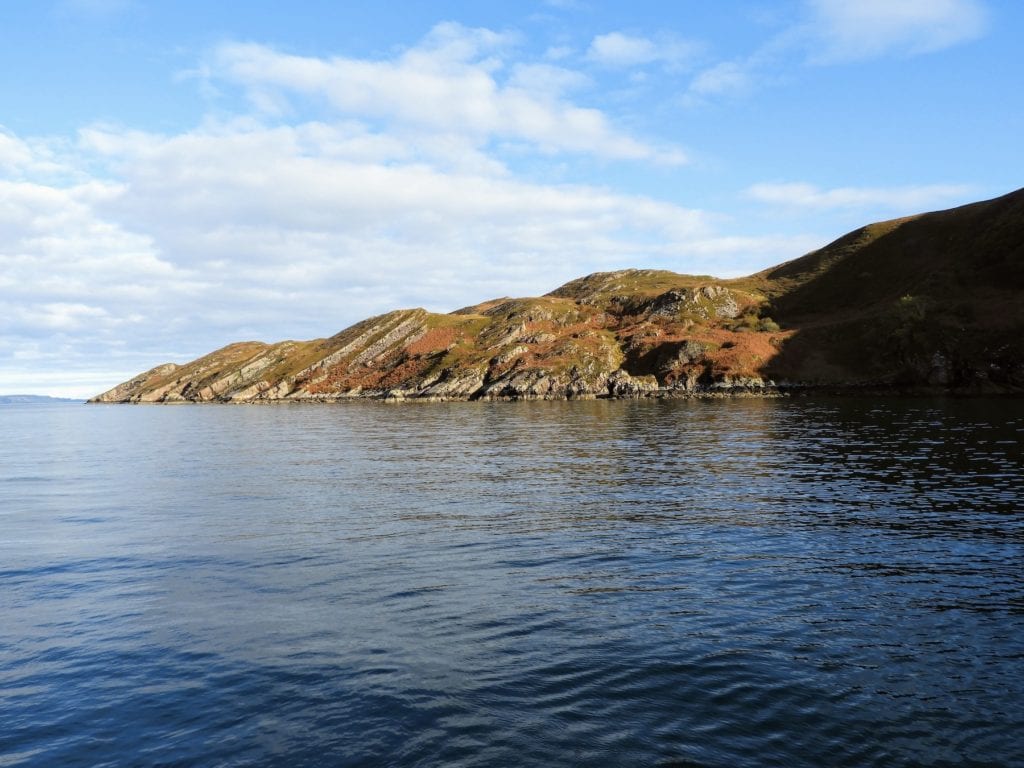
The island’s highlights include flat-topped Dùn Cana in the centre of the island; a hike to the top gives spectacular views over Raasay, across to Skye and as far as Applecross on the mainland.
The north of the island is wild and uninhabited, providing ample opportunity for adventurers to explore, including the beautiful tidal island of Fladda, once home to a whole community, and a whole host of other fascinating abandoned places including the ruins of pre-Clearance villages.
More information
Start planning your great British summer with our guides: